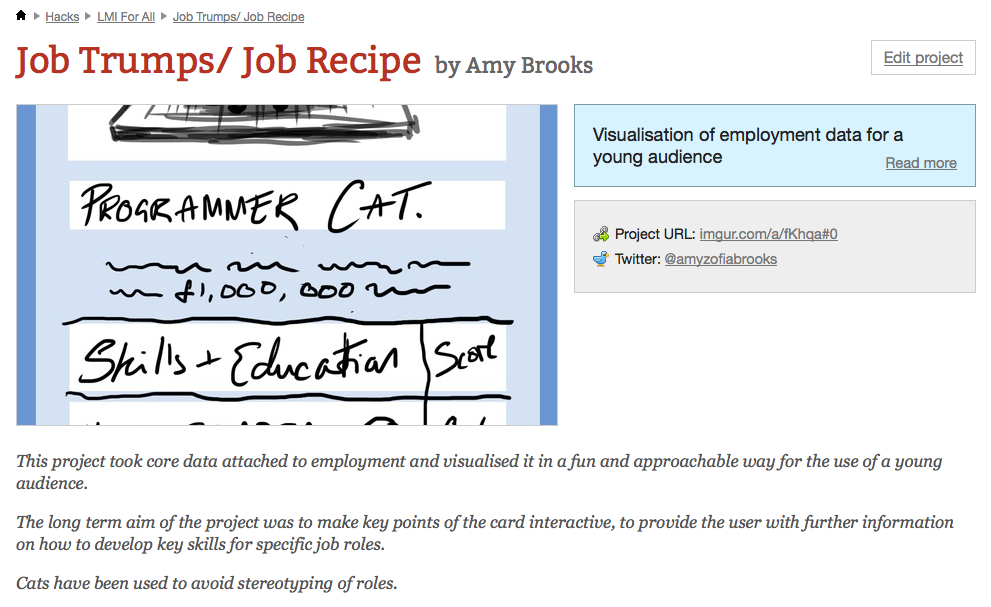Labour Market Information (LMI) is not perhaps the most popular subject to talk about. But with the advent of open and linked data, LMI is increasingly being open up to wider audiences and has considerable potential for helping people choose and plan future careers and plan education programmes, as well as for use in research, exploring future skills needs and for social and economic planning.
This is a video version of a presentation by Graham Attwell at the Slovenian ZRSZ Analytical Office conference on “Short-term Skills Anticipations and Mismatch in the Labour Market. Graham Attwell examines ongoing work on mid and long term skills anticipation in the UK. He will bases on work being undertaken by the UK Commission for Employment and Skills and the European EmployID project looking, in the mid term, at future skills needs and in the longer term at the future of work. He explains the motivation for undertaking these studies and their potential uses. He also explains briefly the data sources and statistical background and barriers to the wok on skills projections, whilst emphasising that they are not the only possible futures and can best serve as a a benchmark for debate and reflection that can be used to inform policy development and other choices and decisions. He goes on to look at how open and linked data is opening up more academic research to wider user groups, and presents the work of the UKCES LMI for All project, which has developed an open API allowing the development of applications for different user groups concerned with future jobs and future skills. Finally he briefly discusses the policy implications of this work and the choices and influence of policymakers in influencing different futures.
